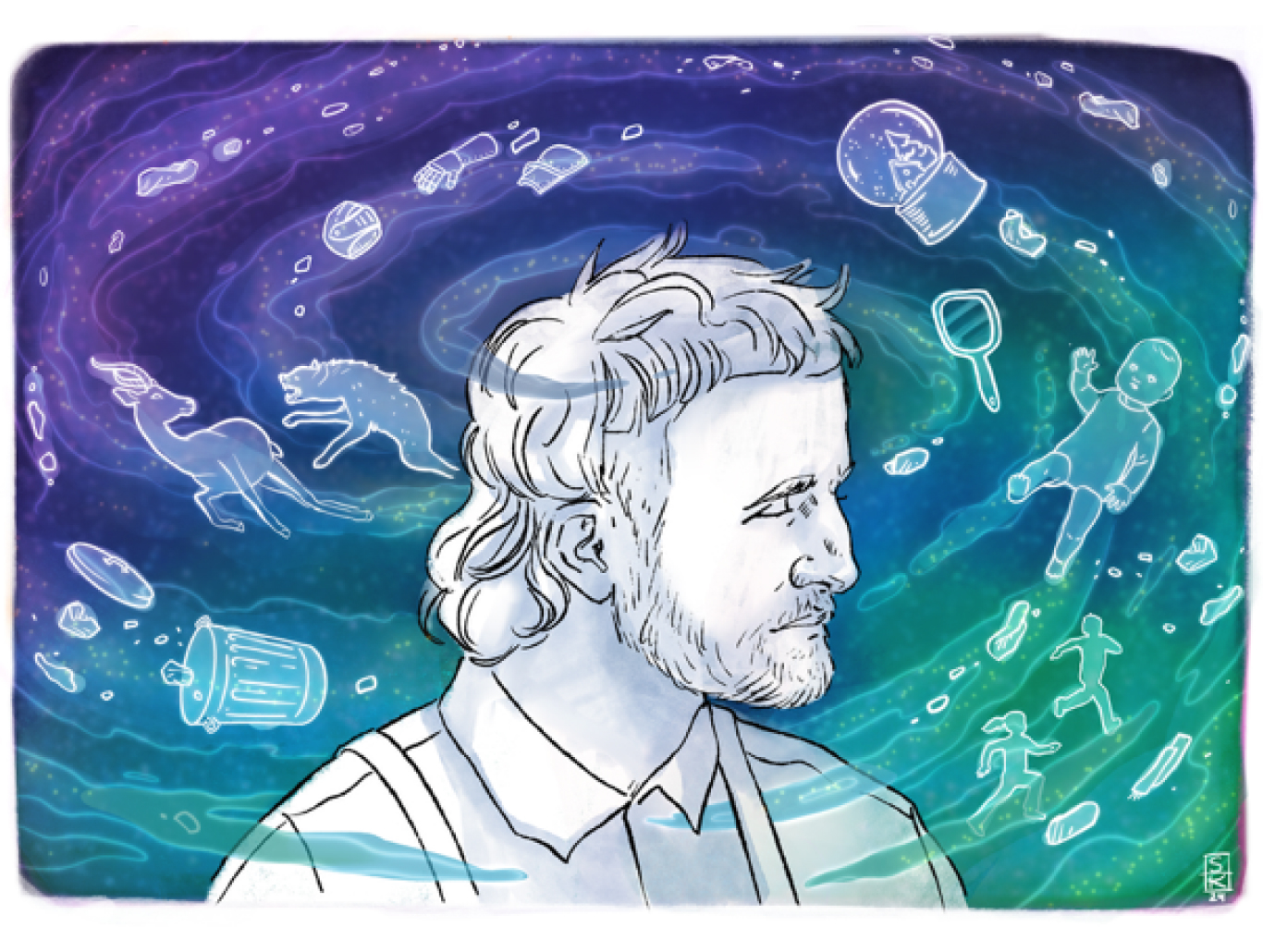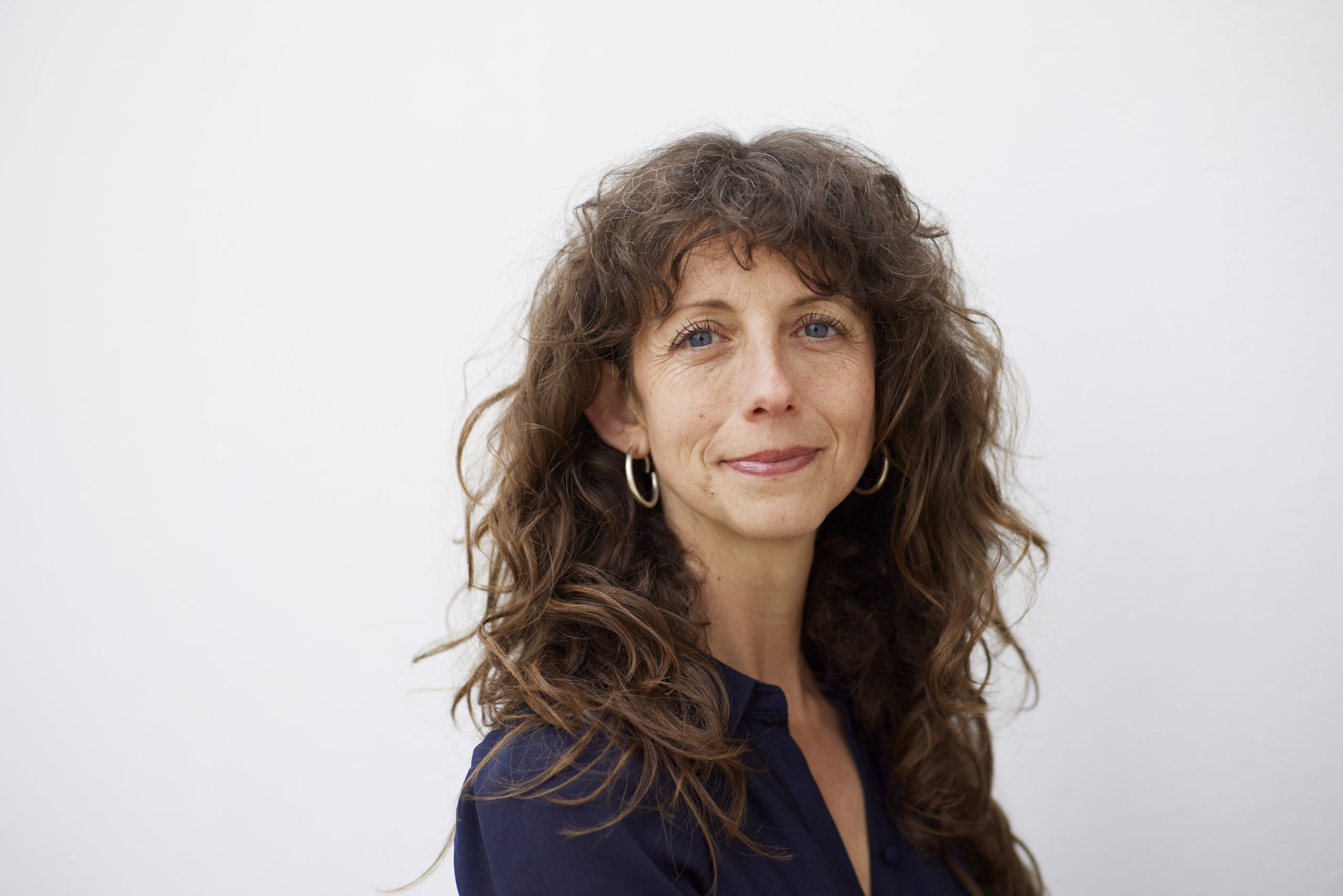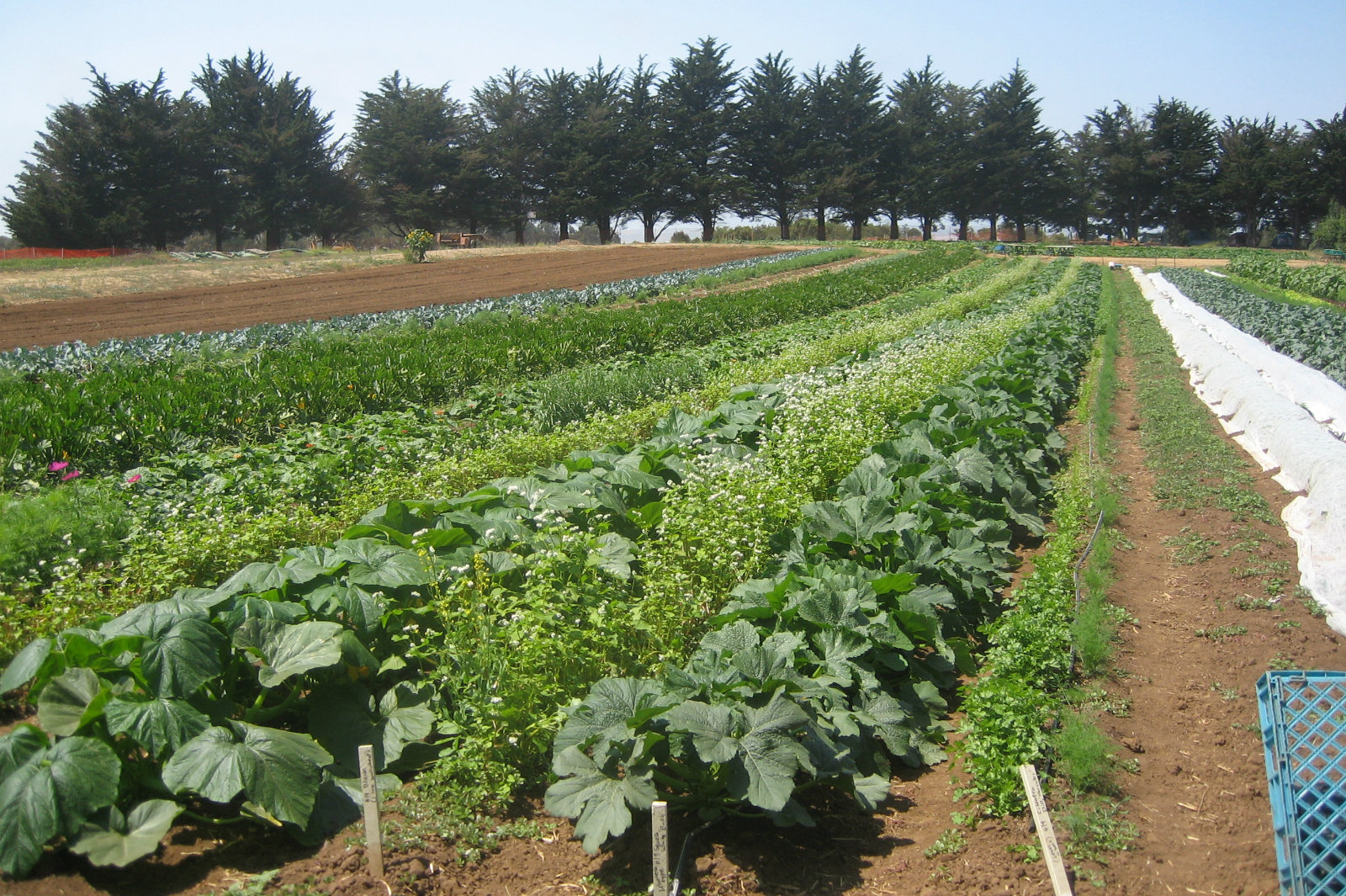The True Cost of Cheap Food
As we continue to explore how to build more sustainable food systems and feed the world’s growing population, the Sustainable Food Trust director Patrick Holden returns with a look at what it really means when you opt for that cheap chicken at the supermarket without giving much thought to why it might be so inexpensive. You can read Patrick’s previous entry on how the model of the individual farm can be a strong model for a wider system, here. And pair with farmer Thomas Harttung’s MAD article on creating the food systems of tomorrow.
Here is Patrick:
A couple of nights ago, I was having supper with my parents in Bath. We ended up talking about Hugh Fearnley-Whittingstall’s Chicken Run, which featured the plight of the infamous £2.50 Tesco chicken and the enormous difficulty he had persuading residents of his local Dorset town to pay more than twice as much for a free range alternative bird.
In our discussion, I explained to my Mum that if only the “hidden costs” associated with the production of this apparently cheap chicken were factored into the equation, the real price would be much closer to that of the organic or free range bird that Hugh promoted to town residents. There is a surprisingly long list of these hidden social and environmental costs which have a monetary value, including the impact of greenhouse gas emissions from forests cleared to grow the soya and maize crops on which cheap chickens feed; costs associated with cleaning up the pollution from the nitrates and pesticides used to grow these crops, along with the manure produced by the birds; costs of treating infection, and even deaths, due to antibiotic resistance that arises from their prophylactic use in intensive production chicken sheds; and, more obvious economic impacts such as the disappearance of the small family farms that used to raise flocks of free range chickens, creating lots of rural jobs. These are just some of the ‘external’ costs of the ‘battery’ chicken.
My Mum, who despite being 94 is still pretty sharp, said, “Well how much do you think that price would actually be if all those costs were incorporated into the Tesco chicken?” to which I replied, “This is what ‘true-cost accounting’ asks.” It’s perhaps the most pressing question to answer in the move towards sustainable food systems and a growing group of environmental scientists, activists and thinkers, myself among them, are getting closer to determining it. What needs to be understood is that it is not just intensive chicken production that incurs these hidden costs–there is a parallel story to be told with nearly all food using industrial production methods.
The SFT convened a meeting in 2013, which brought together around 50 individuals with an interest in this critically important idea. The meeting, held in Kentucky, was sponsored by the Gates and McKnight Foundations and included some extraordinarily talented people like Sam Dryden, the agricultural director at Gates, Peter Seligmann, founder of Conservation International, Professor Ian Bateman, a member of the HM Treasury and UK Defra Natural Capital Committee, along with experts on soil carbon, endocrine disruption, the use of antibiotics in intensive livestock systems, pollution from corn and soy production in the Mississippi catchment area, and others.
The aim was to identify the various areas where damage is caused by industrial food production–to climate change; to the depletion of natural resource capital; to biodiversity; to human health; in pollution; in the loss of rural employment–to name just a handful of obvious impacts. There needs to be an exact price fixed on these costs, so that we can then develop economic and policy instruments (both carrots and sticks) to ensure that in future the real cost of industrial food production is paid. Sustainable food producers would benefit by avoiding these costs, even making positive contributions by protecting natural resources and building environmental and social capital.
Needless to say, this is a huge challenge. But it’s well worth the effort to figure it out because the failure to apply the principles of true cost accounting to our food systems is not a small issue. It actually constitutes the single biggest barrier to the transition towards a more sustainable model for the future. More and more people are now realising how critical it is to understand the cost of our current industrialised food system.
The problem is that bringing the idea of true cost accounting to the foreground of political debate is a double edged sword for politicians. If the hidden costs associated with the production of the aforementioned £2.50 chicken was factored into the price tag, the effect would be quite dramatic. The price might even double! This would lead to food inflation, and for politicians, this is something to be avoided at all costs, especially during the current recession. The only effective antidote to counter this political inertia will be to ensure that the public are made fully aware of the enormous damage to the environment, with consequent climate change, and especially to human health, that results from our present food systems. True cost accounting provides the necessary justification to pay more for food by making visible the long term damage to our planet and our health that we pay for each time we opt for the cheap chicken.
Photo credit (© Steph French Pictures)




